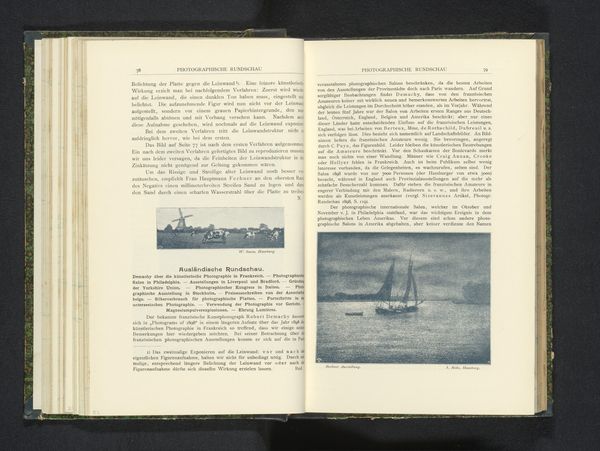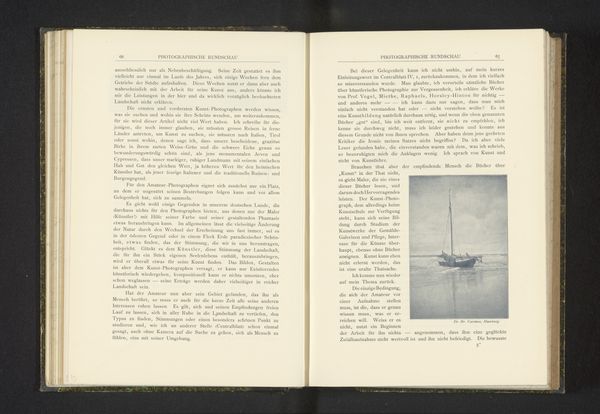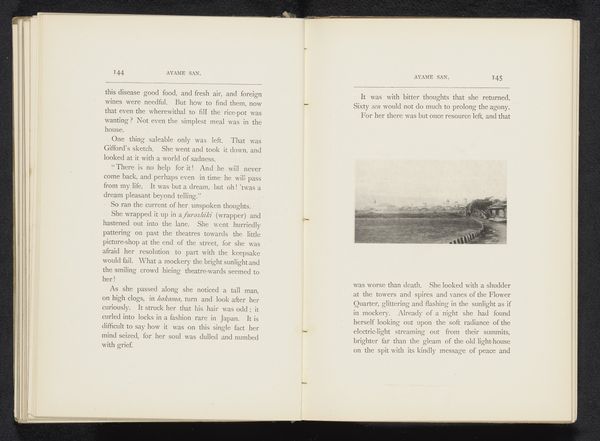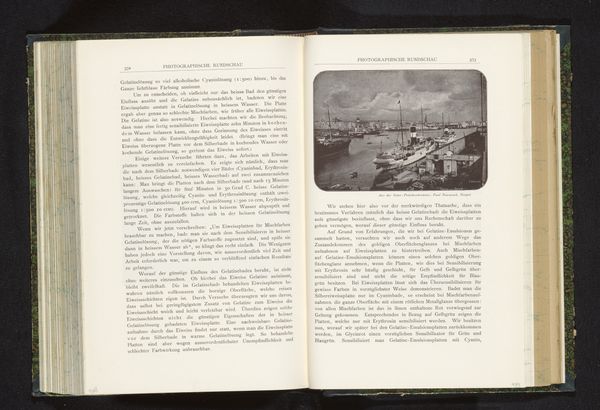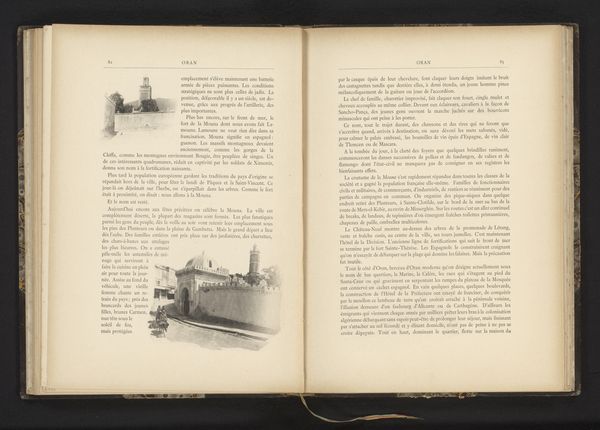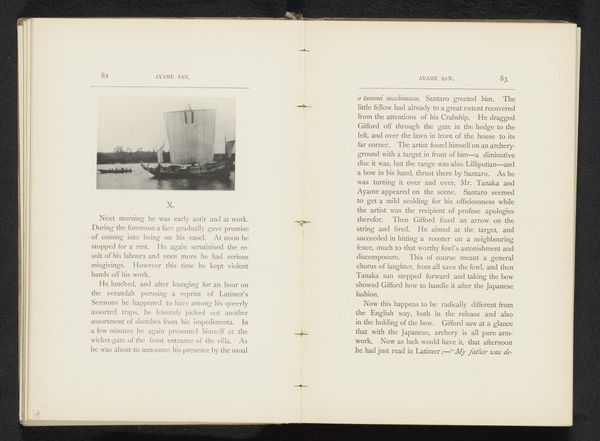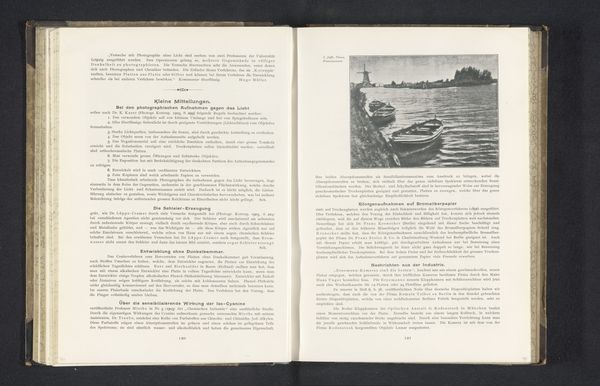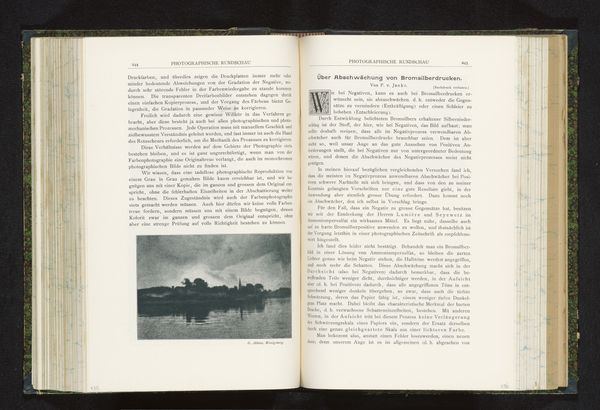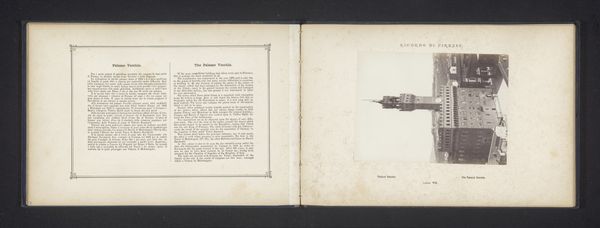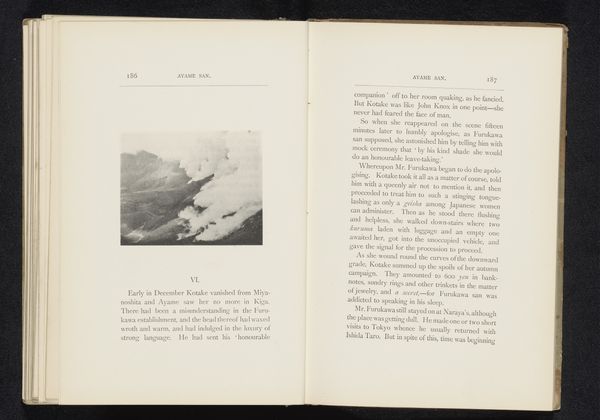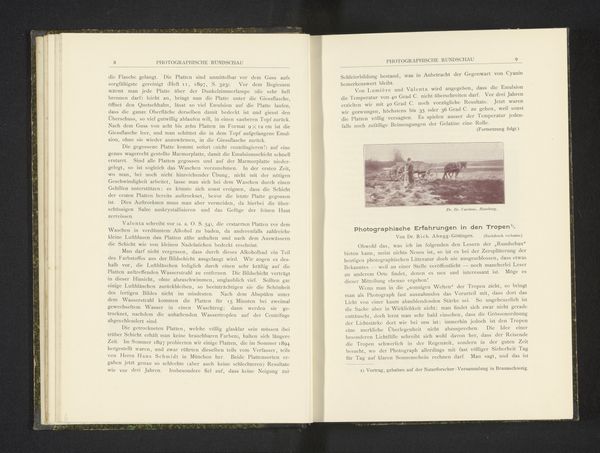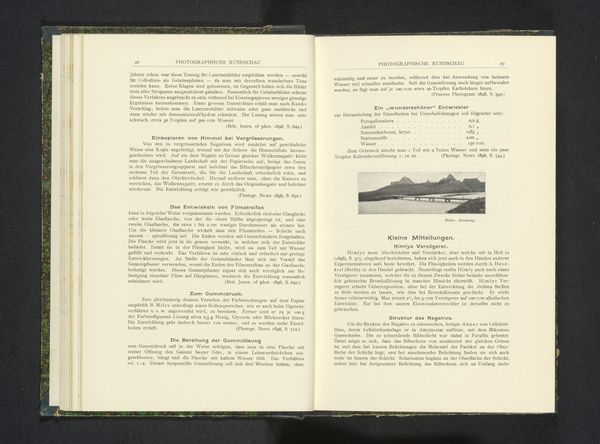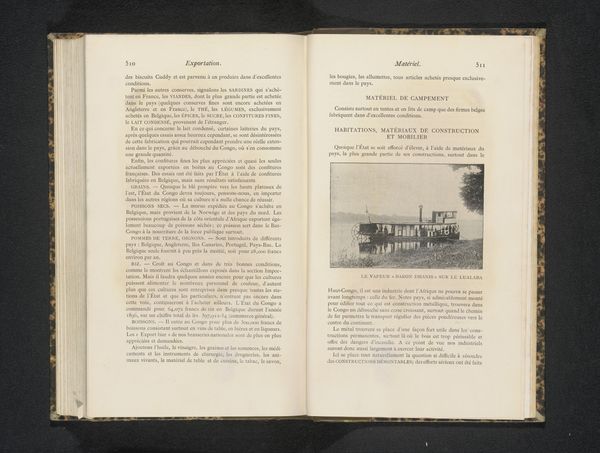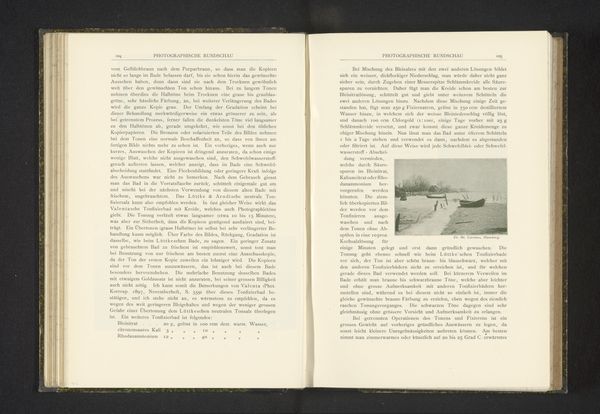
print, photography, albumen-print
# print
#
landscape
#
photography
#
orientalism
#
cityscape
#
albumen-print
Dimensions: height 76 mm, width 118 mm
Copyright: Rijks Museum: Open Domain
Editor: This is “View of the Port of Algiers, Algeria,” a photograph taken before 1893 by Jules Gervais-Courtellemont, preserved as an albumen print in an album. It strikes me as a carefully composed snapshot of a place that must have felt very exotic to European eyes at the time. What stories do you see embedded in this image? Curator: I see a meticulously constructed narrative of colonial encounter, reproduced for mass consumption. These albums were designed to shape perceptions. The photograph’s calm facade belies the complex power dynamics at play between France and Algeria during that era. How do you think its circulation through printed material affected popular imagination of Algeria? Editor: I suppose these images would normalize France's presence there and maybe exoticize Algeria just enough to encourage further European involvement. I hadn't really thought about its influence that way. Is it important that this is photography, as opposed to painting or other media? Curator: Absolutely. Photography was, and sometimes still is, seen as objective documentation, which adds to the perceived authority of this visual representation. This supposed “objectivity” helped solidify certain political narratives and obscured other, perhaps dissenting, views of Algerian life. Who is this work created for, and what were they supposed to feel or think? Editor: The target audience was probably French, maybe other Europeans as well. The message I receive is one of calm and prosperity under French authority. I learned how impactful mass-produced albums of photography can be. Curator: Indeed. By understanding these albums not as simple depictions of reality but as artifacts embedded in power structures, we gain insight into the politics of seeing.
Comments
No comments
Be the first to comment and join the conversation on the ultimate creative platform.
